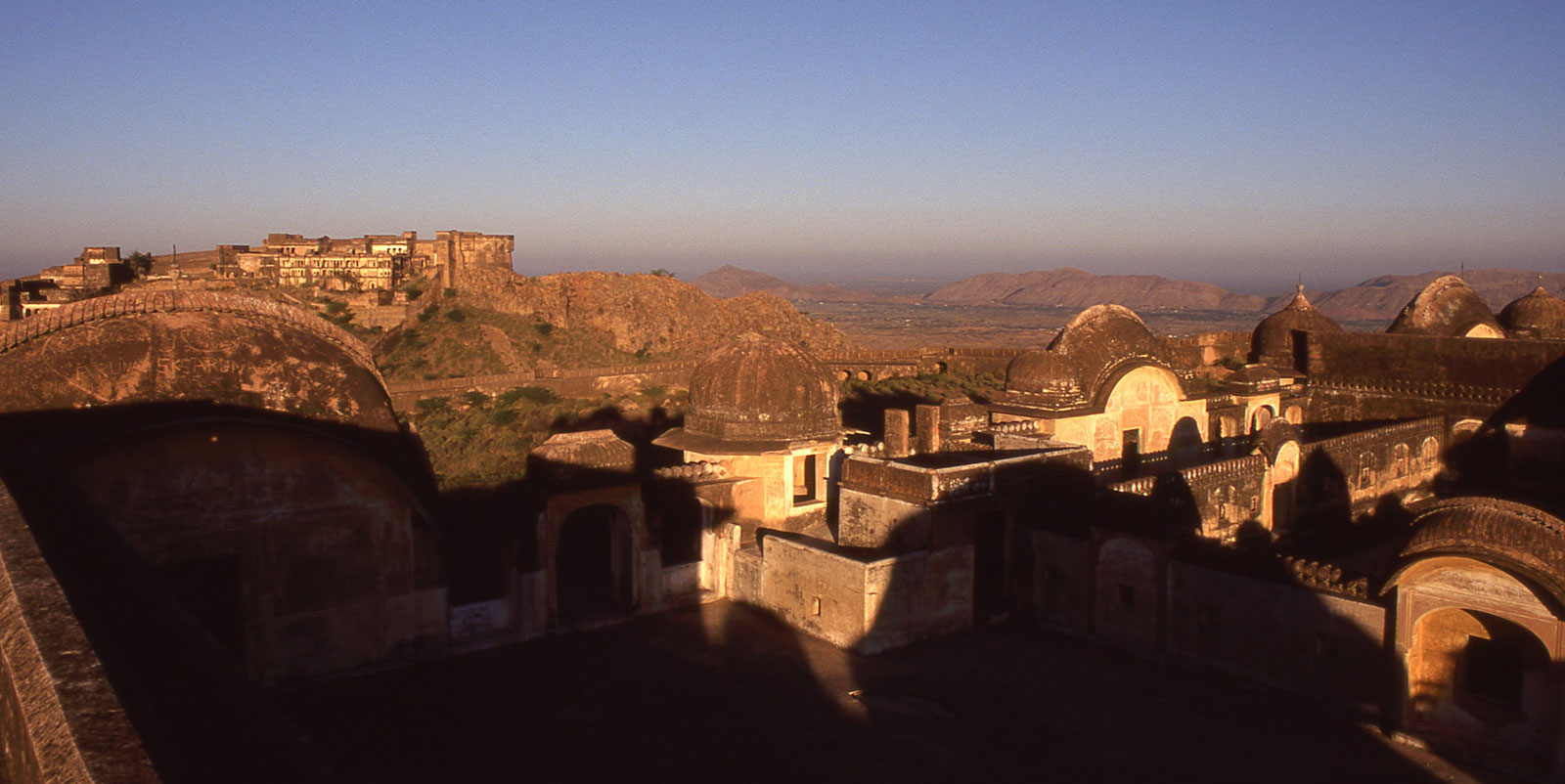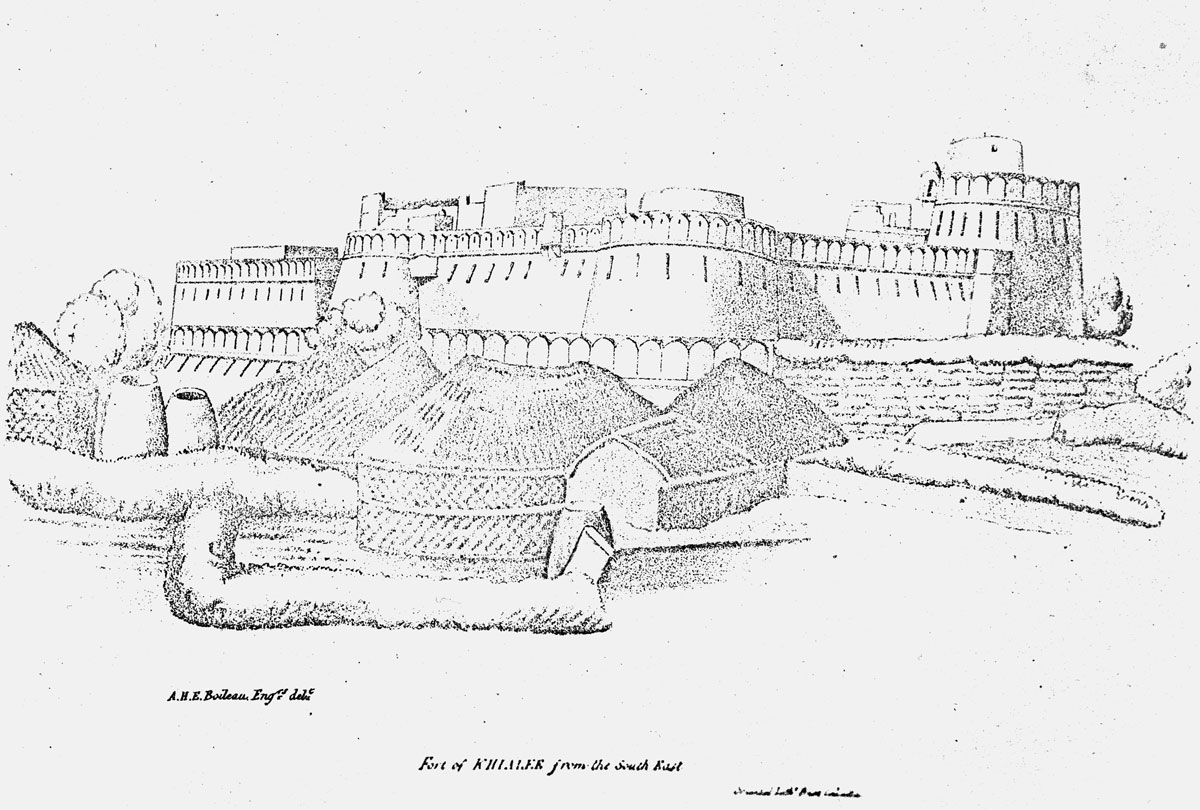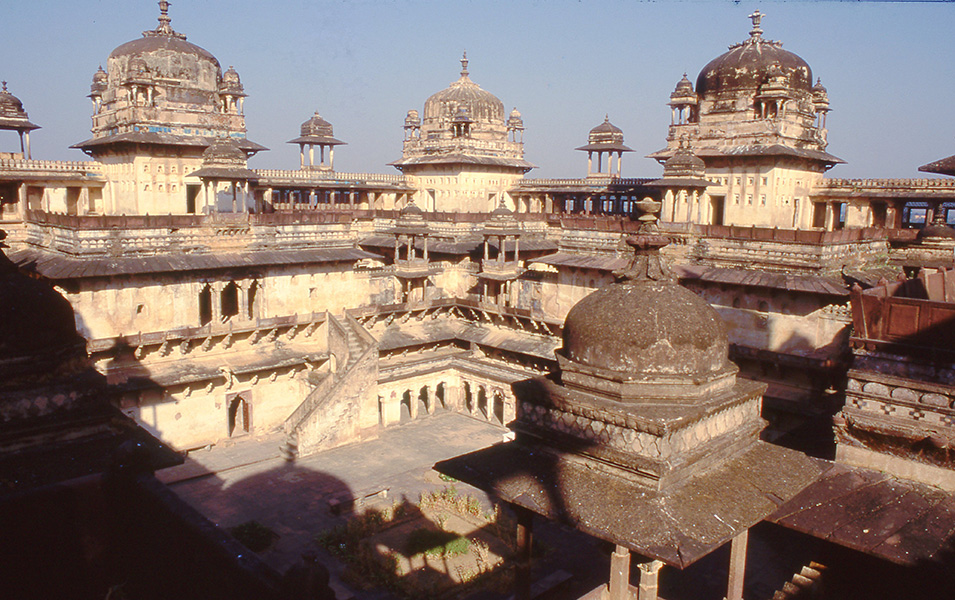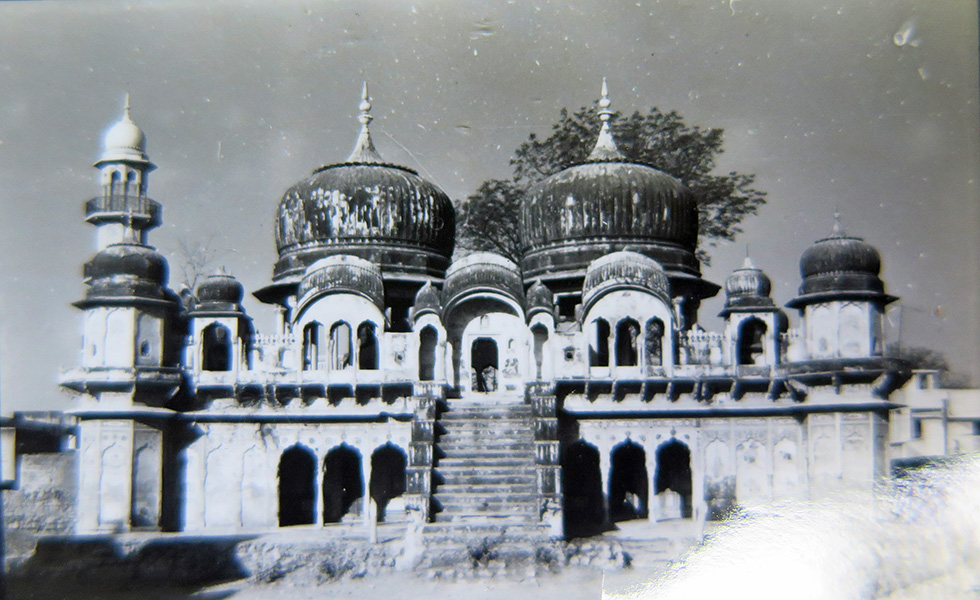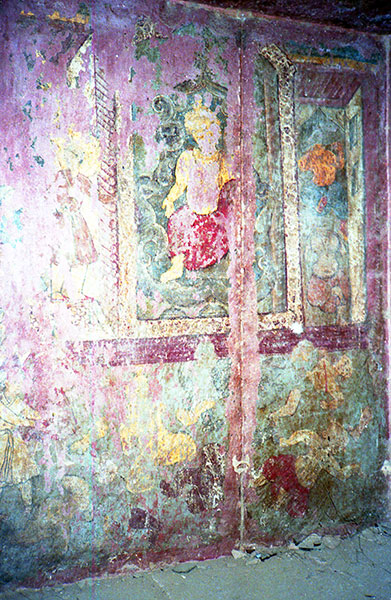23. Early Foreign Visitors To Shekhawati 1
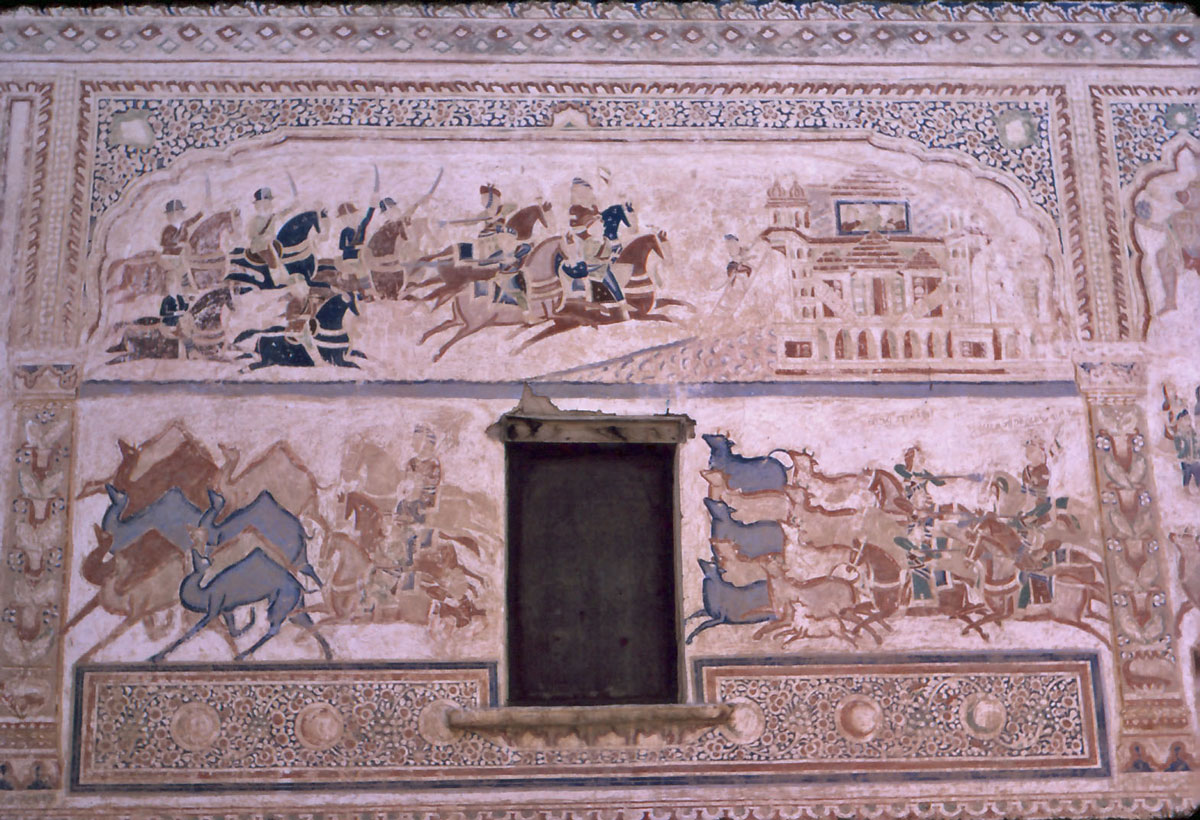
22. Half Forgotten Rajasthani History
September 24, 2020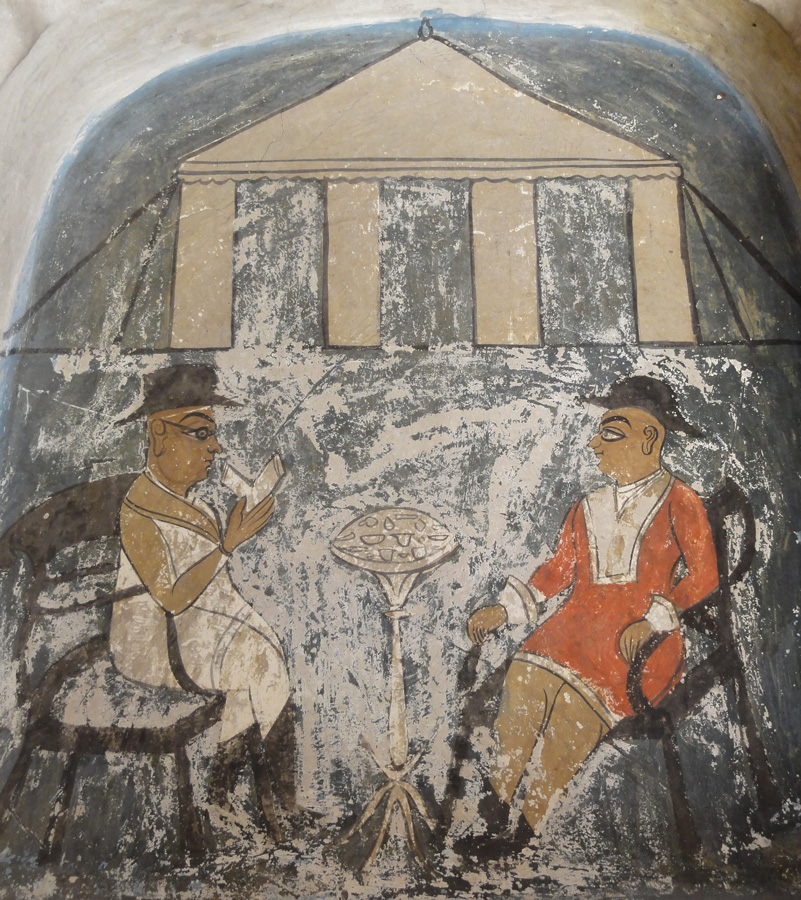
24. Early Foreign Visitors To Shekhawati 2
October 8, 2020(Map of Shekhawati accompanies Blog 6)
F ailing to get any information on Shekhawati's murals from local government offices, my early explorations were haphazard. I would pick a town at random then set off with few expectations. Thus I reached Dundlod and met an English-speaking guide leading a French-speaking group. Since I knew about the paintings and had poor French, the guide invited me to talk about the pictures and stay the night with them at the Fort. My reward was The Sheikhawats and Their Lands written by Dundlod's thakur, Harnath Singh, who mentioned a Col Lockett who had travelled through the region in 1831.
Lockett's Report was in Delhi's National Archives. My book, Rajasthan: Exploring Painted Shekhawati (New Delhi 2014) juxtaposes his Shekhawati travels with Rabu and mine. One of the very various men who enrolled in the East India Company's army, Lt Col Lockett became something of an orientalist, taught in Calcutta, published an Arabic grammar and appears in Claudius Rich's meticulous diary of early Mesopotamian archaeological forays. After fighting in the 1825 siege of Bharatpur, Lockett was stationed there then commissioned to tour Shekhawati investigating disorders there. Some of Shekhawati's martial caste had become bandits, raiding villages and caravans. Merchants were complaining to the East India Company government. A young Lieutenant Boileau, currently mapping nearby, was to accompany him as a surveyor.
The Lockett Report is the official journal of that expedition. Boileau also kept a journal, often disagreeing with his commander's, which is included in his Miscellaneous Writings in Prose and Verse Calcutta 1845. I had to travel to Cambridge to read it but off-prints are now available on-line.
Lockett camped at Bhasawar, west of Bharatpur, until Boileau reported in. At 3am to avoid the heat, on 12th April 1831 they set off on an elephant to cover the first 14 miles. A team of carts had gone ahead by a longer route to set up the next camp where they arrived at 06.15. Such was the daily pattern as they crossed Alwar state and Narnaul to enter Shekhawati a fortnight later. Passing under the holy hill, Dosi Pahar, Lockett narrates its long, miraculous story. On 29th April, they reached Khetri, where one of Boileau's drawings shows their tents set up, and next morning rode up to a palace in the hilltop fort for breakfast with an invisible rani. Here the baby raja was carried in to meet them and Lockett first mentions wall paintings.
Those murals are still visible, some showing the earlier raja and his court, all named, the lead-based pigments blackened by oxidation. The baby's descendant, the last Raja of Khetri, died in 1987 whilst we were working in the area. Afterwards, someone forced the palace gates, no doubt in the disappointed hope of gold and jewels. Rabu and I, passing that way, slept one night in the zenana (women's quarters), waking to see the rani's screened view of the hall below where her odd uniformed guests ate. We breakfasted on the roof, looking out on the Aravalli Hills and Khetri town lit by a rising sun.
At every halt Lockett comments on the local rulers, traditions, crops, holy places and their miracles. Village leaders came to inform him of problems with the administration and banditry while Boileau surveyed defences and made town plans. They continued passed Singhana, then as now an important source of copper, and Chirawa, already becoming a painted town, with its mint for coinage.
At Jhunjhunu they stopped several days and Lockett lists all Sardul Singh's descendants. His eldest son had nine sons and, since estates were divided equally amongst men, the land was soon fragmented into small portions held by impoverished heirs. Poverty encouraged banditry. The chief offender, Shyam Singh of Bissau, made himself scarce but, when Lockett processed through the town, from a balcony, his son, Hammir Singh, in the hope of evading an inherited reputation, invited him to visit his little palace. Since Shyam Singh had previously murdered two relatives there, Lockett felt it unseemly to accept. Passing the dyers' sector of town, his elephant accidently smashed a pot of colour; he threw down a silver rupee in compensation.
The next town, Mandawa is now hub of a busy local tourist industry. Lockett comments 'The buildings are in general handsome and the upper stories of some of them painted in a very neat manner' but the real era of painted merchant buildings had yet to begin. They stopped briefly at Taen, a bandit centre, where their hosts in the little fort seemed pleasant and peaceable. Later, after further complaints against them, that fort was slighted; its gateway is now horribly precarious. As they approached Shyam Singh's Bissau, his agent, leading mounted troops, came out to welcome them and they were met by a salute of cannon. Bissau was '...in a very dilapidated state. The wealthy Sahookars (merchants) and traders had deserted it...' As a result of Lockett's Report a force, 'The Shekhawati Brigade' was raised to suppress the bandits but that fort still stands; it was threatened, but Shyam Singh had died and his son proved more amenable.
The route westward through sandy desert passed out of true Shekhawati into the kingdom of Bikaner where Churu was the second largest town. Greeted by the town's minister, they looked down from high dunes over Churu. Boileau rode off to the bandit village of Khyali, right on the border, and drew its fort, which was later demolished.
Churu's once-prosperous market was deserted, its merchant houses empty. In 1818 the thakur had rebelled against his Maharaja, who repossessed it, destroying the defences and leaving it open to Shekhawati marauders. The rich merchants fled to other towns. Lockett remarked 'The only thing I could procure, during the two days I remained, was a little reed basket....from a villager, who brought it to my Tent for sale.'

